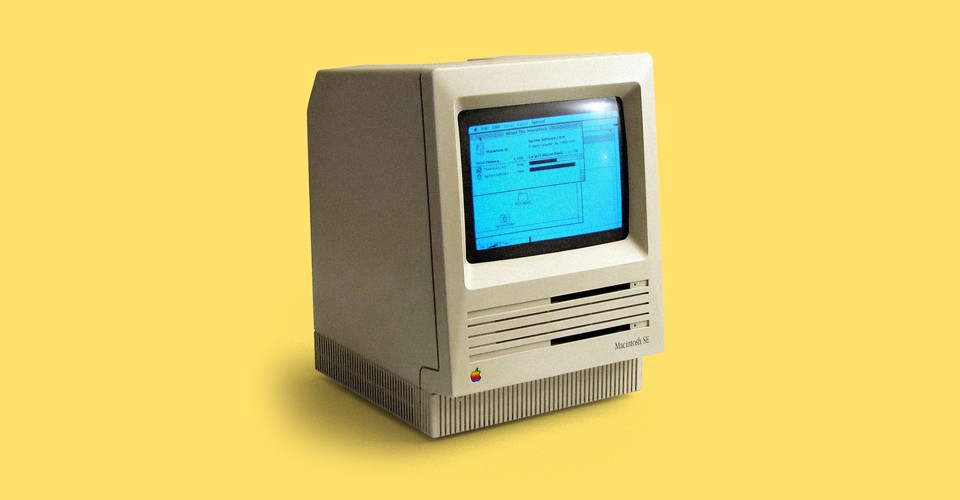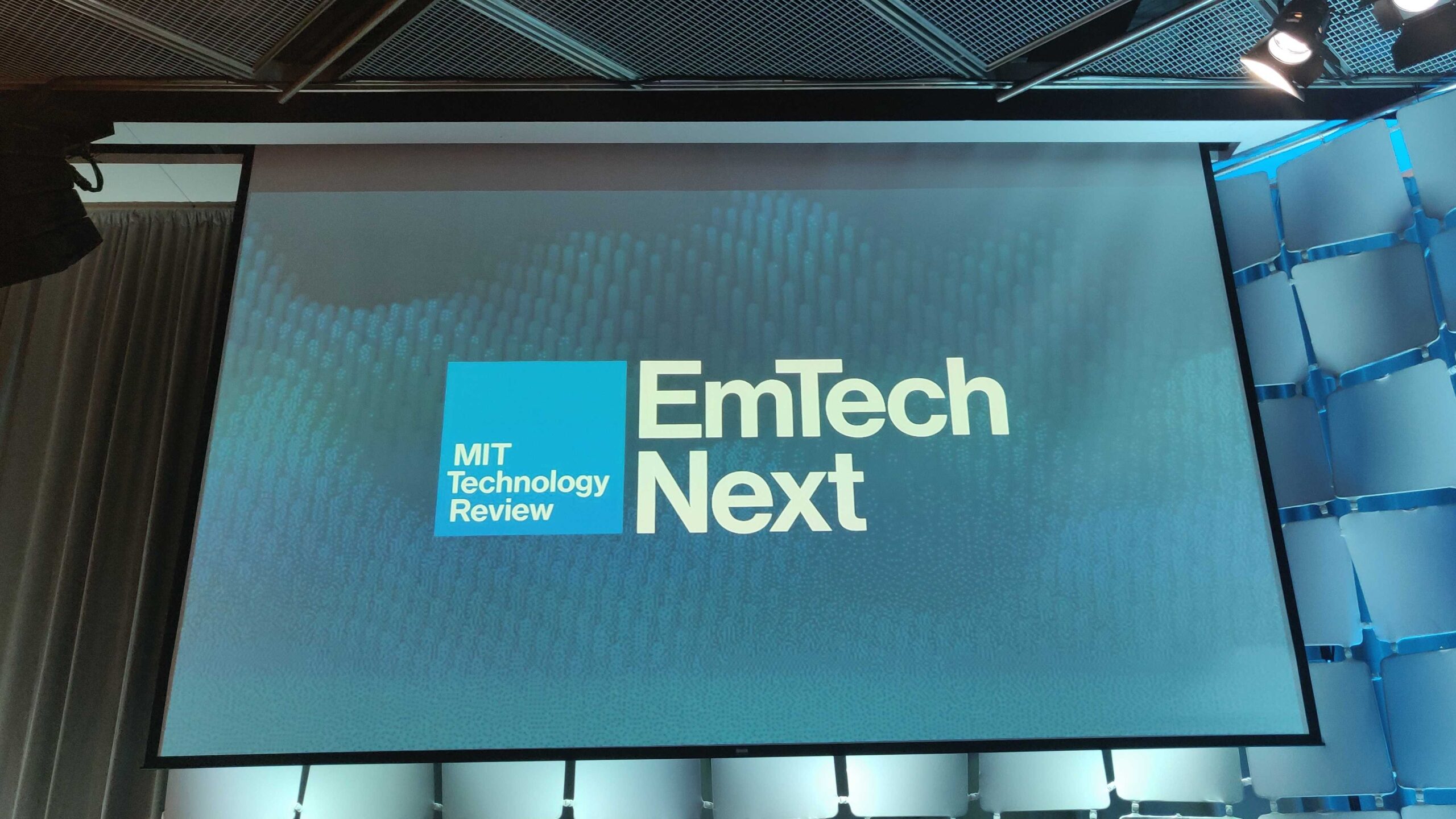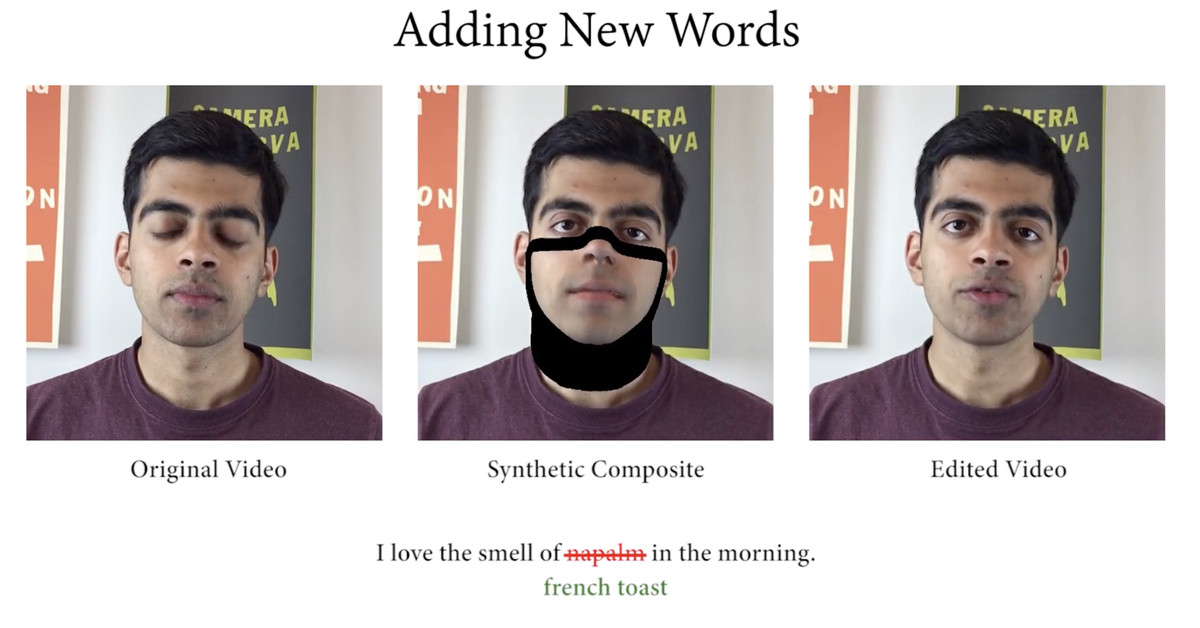The answer is probably a yes. And yet many companies don’t do this. Why? Because the cashier is not a person in a brick and mortar store, but the checkout process of an online store. According to a study, as many as 25% of the customers abandon their purchase on online stores because of a...
Author: Martin Treiber
Lush connects online and offline
Lush’s new flagship store in Tokyo is a good example how online and offline commerce can be connected. For example, the Lush app offers services that give customers information about “naked products” when they are scanned. The app recognises objects from the store, looks up information and presents them to the customer in several languages....
A Few Thoughts about Deep Fakes—Stephen Wolfram Blog
Stephen Wolfram discusses deep fakes and suggests to use blockchain technology as a potential way to detect them: So, where does this leave us with deep fakes? Machine learning on its own won’t save us. There’s not going to be a pure “fake or not” detector that can run on any image or video. Yes,...
Mobile for Brick and Mortar Stores
Mobile was often regarded as enemy of brick and mortar businesses. People would come into a store use their mobile to sometimes scan items and order them elsewhere. That was the story told by many brick and mortar businesses. This has changed considerably. Instead of fighting mobile, leading players in the retail sector have actively...
What It’s Like to Work on a 30-Year-Old Macintosh – The Atlantic
Ian Bogost writes about his experience using a Macintosh SE from 1990. He attributes the attractiveness of this long past computing area to the simplicity of using devices like a Mac: But it wasn’t user-friendliness alone that made computers of this era great—it was simplicity. Mousing, dragging, and menuing does make the machine easier to...
Uber’s Path of Destruction – American Affairs Journal
A very readable analysis of Uber: Since it began operations in 2010, Uber has grown to the point where it now collects over $45 billion in gross passenger revenue, and it has seized a major share of the urban car service market. But the widespread belief that it is a highly innovative and successful company...
Customized Progressive Web Apps
The motivation to customize products comes from the fact that people like to modify things they bought according to their taste. It gives them a sense of ownership that is related to people’s psychology. Put simply: people like things more when they clearly say “it’s mine”. If you have your own app for your customers,...
EmTechNext 2019
EmTechNext 2019 is over. The overall impression I got by listening to the discussions is that we are looking at an uncertain, but positive future of work. This is a bit surprising, since the public discourse about machine learning, artificial intelligence and the gig economy is often dominated by visions of dystopian (jobless, low income)...
AI deepfakes are now as simple as typing whatever you want your subject to say – The Verge
Deepfakes are becoming very easy to create. As shown in the work by scientists from Stanford University, Max Planck Institute for Informatics, Princeton University and Adobe Research, videos can be fine-tuned to audiences of different backgrounds. All this is done purely by editing scripts, automating previously tedious manual work. The authors themselves note: However, the...
Perception As Controlled Hallucination | Edge.org
An EDGE conversation with Andy Clark on perception and the role of predictive processing. The concept of predictive processing describes the brain as pediction machine gathering statistical information to adapt its model of the world. Sources: https://www.edge.org/conversation/andy_clark-perception-as-controlled-hallucination https://www.mindcoolness.com/blog/bayesian-brain-predictive-processing/









